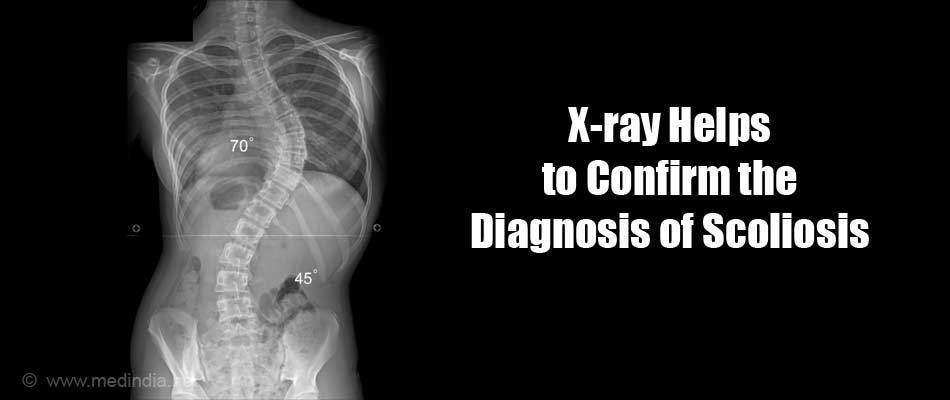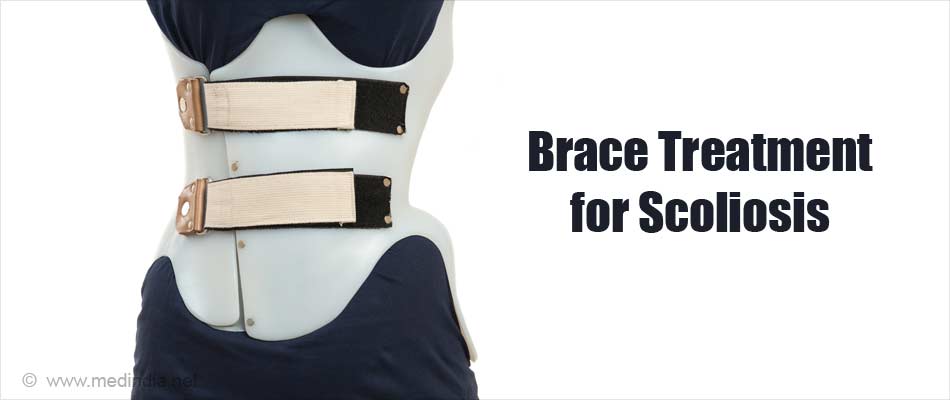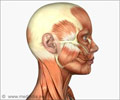- Conditions and Treatment for Scoliosis - (http://www.srs.org/patients-and-families/conditions-and-treatments/parents/scoliosis)
- Minimally Invasive Scoliosis Surgery with Oblique Lateral Lumbar Interbody Fusion: Single Surgeon Feasibility Study - (https://www.ncbi.nlm.nih.gov/pubmed/28775929)
- Scoliosis - (https://medlineplus.gov/ency/article/001241.htm)
- Scoliosis Facts - (https://www.niams.nih.gov/health_info/scoliosis/scoliosis_ff.asp)
- Computer Assisted Cobb Angle Measurements: A novel algorithm - (https://www.ncbi.nlm.nih.gov/pubmed/28765805)
What is Scoliosis?
Scoliosis is a condition characterized by an abnormal curving of the spine or backbone to the left or right side.Curves are a normal part of the spine's structure. From the side the spine resembles a soft "S" shape. When viewed from the backside the spine appears vertically straight, from the neck to the tailbone. People with scoliosis develop additional curves in the spine and also the bones of the spine may twist on each other, forming a "C" or an "S" shape. This change in the curve of the spine typically occurs very slowly and may be missed until too late when it becomes a more severe physical deformity
Scoliosis mostly affects the thoracic spine and occurs mostly during the growth spurt just before puberty.
But degenerative scoliosis, another type of scoliosis affects adults. It usually develops in the lower back as the discs and joints of the spine wear out due to the aging process.
Interesting Facts on Scoliosis
- Scoliosis is about 2-3 times more common in girls than boys. Scoliosis affects about 2% of females and 0.5% of males.
- Symptoms often begin between 9-15 years of age.
- More than 80% of people with scoliosis do not know the exact reason for their curved spine.
- The most common location for scoliosis is in the thoracic spine.
- A family history of scoliosis increases the risk of one developing the disease.
- Curves located in the thoracic section of the spine worsen more than the curves in the upper or lower sections of the spine.
- Females have a 10 times higher risk of worsening spine curvature than males.
Types of Scoliosis
- Idiopathic- where the cause is not known
- Functional [nonstructural] - In this type of scoliosis, an abnormal curve in spine develops because of a problem elsewhere such as injuries to the back, muscle spasm rather than a primary problem of the spine per se. It can be reversed by treating the underlying cause.
- Neuromuscular [structural] - In this type of scoliosis, the bones of the spine fail to form completely or they fail to separate from each other along with degeneration of muscles. This type of scoliosis is more severe and needs aggressive treatment.
- Degenerative- occurs in older adults. It is caused by changes in the spine due to weakening of the ligaments and other soft tissues of the spine combined with bone degeneration.
What Causes Scoliosis?
- Idiopathic- comprise 80 % of cases where even doctors don't know the cause of scoliosis.
- Genetic- conditions such as Marfan syndrome [a genetic disorder that affects the body’s connective tissue], Down’s syndrome [caused by a random error in cell division that results in an extra copy of chromosome 21].
- Birth defects- which affect the development of the bones of the spine.
- Cerebral palsy- refers to a group of disorders affecting a person’s ability to move. It occurs due to damage to the developing brain either during pregnancy or shortly after birth. Cerebral palsy affects muscle control, muscle coordination, muscle tone, reflex, posture and balance.
- Muscular dystrophy - consists of a group of genetic diseases characterized by progressive weakness and degeneration of the muscles that control movement.
- Injuries, muscle spasms or infections of the spine. This type of scoliosis often goes away, when these problems are treated.
- Tumors of the spine.

What are the Symptoms of Scoliosis?
- Most often, there are no symptoms.
- Low back pain.
- Tired feeling in the back after sitting or standing for a long time.
- One shoulder blade may be higher or more prominent than the other.
- One leg may appear shorter than the other
- One hip may appear to be higher or more prominent than the other.
- Spine curvature is more to one side.
- When the arms are hanging loosely at the side, there may be more space between the arm and the body on one side.
- The head may not be exactly centered over the pelvis.
- The waist may be flattened on one side and skin creases may be present on one side of the waist.

How do you Diagnose Scoliosis?
- Detailed medical history. Doctor will ask questions about recent growth, if there is any family history of scoliosis, or if there has been any pain, or other medical problems.
- Physical examination- child will be asked to stand and then bend forward from the waist, with arms hanging loosely, to see if one side of the rib cage is more prominent than the other. Also doctor will check for muscle weakness, range of motion, muscle strength, numbness, and abnormal reflexes. The doctor will also look at the symmetry of the body to see if the hips and shoulders are at the same height or if there is a sideways curvature.
- X-rays- to confirm the diagnosis of scoliosis. The Cobb angle is the most widely adopted technique to quantify the magnitude of spinal deformities, especially in the case of scoliosis. Scoliosis is defined as a lateral spinal curvature with a Cobb angle of 10° or more.

- MRI [magnetic resonance imaging] - if an underlying condition such as a tumor is suspected of causing scoliosis.
What are the Complications of Scoliosis?
- Persistent low back pain.
- Breathing problems in cases of severe scoliosis.
- Feeling of inadequacy and lower self-esteem.
- Surgical complications include infection of spine, damage to nerves or the spine.
What is the Treatment for Scoliosis?
Treatment should aim at preventing worsening of scoliosis and to stabilize the curve. The treatment of scoliosis depends on the cause.
- About 90% of idiopathic scoliosis cases are mild and only require observation every 4 to 6 months until skeletal maturity is achieved. Studies indicate that in adolescent idiopathic scoliosis [AIS] there is no evidence of effectiveness of surgical interventions compared to non-surgical interventions.
- Braces- if the curve has become big [past 25-30 degrees with significant skeletal growth remaining] or is progressing rapidly [at least 5 degrees during any 4-6 month period].
- Full time bracing- for spinal curve that is greater than 35 degrees. Braces are designed to be worn all the time, except during bathing and exercising.
- Night time bracing - for spinal curve that is less than 35 degrees. Braces are to be worn at least 8 hours at night.

- Surgery- when scoliosis curve continues to progress past 40-50 degrees despite bracing. Scoliosis surgery can often de-rotate the abnormal spinal twisting in addition to correcting the lateral curve by about 50% to 70%.
For an adolescent or young adult opting for scoliosis surgery today, by far the most commonly performed surgery is a spinal fusion.
OLLIF [oblique lateral lumbar interbody fusion] is a safe and effective new minimally invasive surgery (MIS) technique to correct adult degenerative scoliosis.
What is the Prognosis of Scoliosis?
Early identification of scoliosis cases allows children to be treated with either observation or bracing and avoids the need for surgery in many cases. Scoliosis patients can lead normal, productive lives. Female patients can get pregnant and have children with minimal risk. The prognosis worsens as the degree of spine curvature increases.









